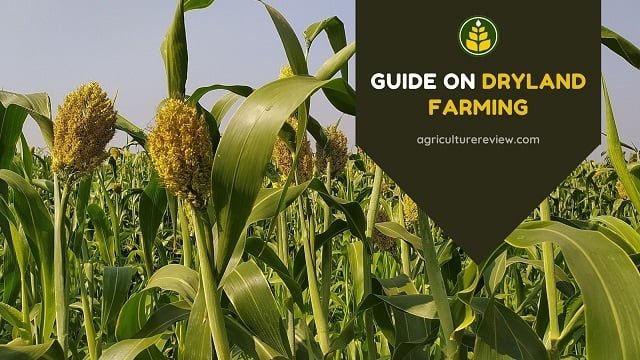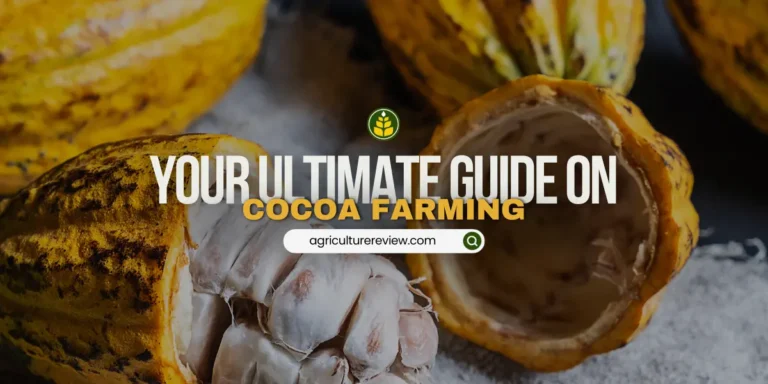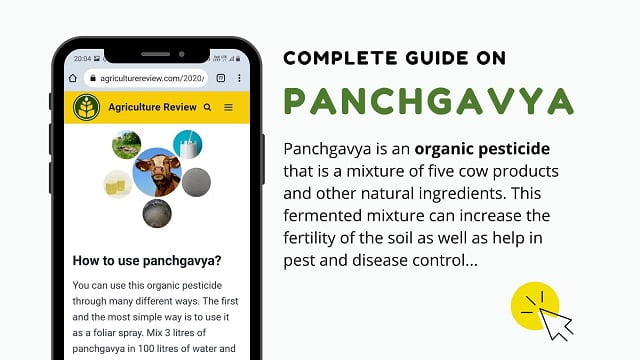From this ultimate guide on Irrigation, get to know definition, systems or methods, advantages and disadvantages of irrigation. Also know types of surface irrigation system.
Around 12,000 years ago, when humans started successful domestication of plants, they had to depend on rain, i.e., natural precipitation for cultivation of crops. Due to which they were unable to get stable system of crop production.
With time, or ancestors started developing techniques to get water from other sources than rain. In Mesopotamian plain, they started practicing perennial irrigation by coaxing water through a matrix of small channels formed in the field. Likewise, Egyptians started basin irrigation by using water from Nile river.
And today we are with so many systems of irrigation present in our world. So let’s understand its definition in easy language.
Table of Contents
Irrigation Definition
Artificial application of water for the purpose of supplying water essential to plant growth is called irrigation. It helps in adding water to the soil for supplying moisture essential for the growth of plant, provides protection to crop against short draughts, lowers soil temperature, softens tillage pans, etc.
Method of artificial application of water has proved to be quite helpful in arid regions as they are prone to draught conditions. It also helps in dilution of salts in the soil.
Advantages
- Artificial application of water can ensure stable crop production in regions where rainfall is scarce or distributed unevenly throughout the year.
- Irrigation leads to increase in food production, and potentially help to feed increasing population.
- It provides security of cropping, because of which external inputs such as fertilizers, pesticides, tillage become economically feasible.
- Application of water through artificial means helps to protect crop from draught.
- It helps in maintaining soil temperature around root zone of the crop.
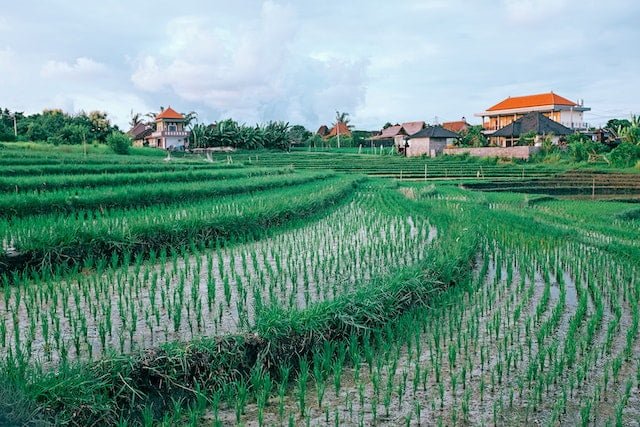
Disadvantages
- If the drainage is not appropriate in field, then irrigation can lead to water logging, and soil salinization.
- Artificial application of water leads to seepage of water carrying nitrate from applied fertilizer to the groundwater.
- Too much moisture around root zone can lead to outbreak of pests and diseases.
You will also love reading them,
ALSO READ: What Are Food Additives?
ALSO READ: Rose Farming Guide
Systems Of Irrigation
The way in which irrigation water is applied to the farm is called as system or method of irrigation. Whatever the system we adopt, it aims at efficient use of water to enhance and sustain crop production. Many factors such as physical and socio-economic conditions determine the selection of system.
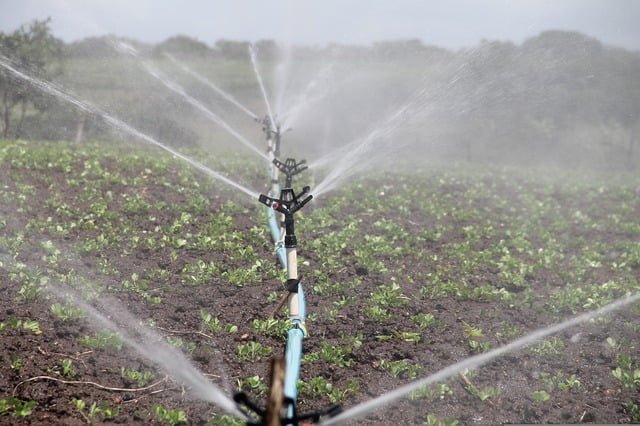
Physical factors include soil, crop, climate, topography, water quality, water availability, depth of water table, field size, etc. While socio-economic factors include labour, skills, capital, and energy costs. Three main irrigation methods or systems are:
- Surface Irrigation: In this system, water is allowed to run over the soil surface and infiltrate.
- Sprinkler Irrigation: In this system, water is sprayed into the air and it ultimately falls on to the plants and soil just like rain.
- Drip or Sub-surface Irrigation: Water is applied directly to the root zone of crop with the help of delivery line and water emitters installed below the soil surface. Drip irrigation helps to increase water use efficiency.
Surface irrigation system is known as the most ancient system or method of irrigation. More than 95% of irrigated area in the world still uses surface irrigation system. To facilitate surface irrigation, flowing water must have a downward slope in the direction of flow.
Types Of Surface Irrigation
Irrigation methods such as wild flooding, and controlled flooding are types of surface irrigation system.
Wild Flooding
It is the most ancient method of surface irrigation. It is also the least controlled system of irrigation. Water is allowed to flow on the upper part of farm and depending on natural topography, water spreads unevenly over the farm.
Controlled Flooding
Channels and ridges are constructed to create subdivisions, and farmland is levelled. Water flows to each of the subdivisions. On the basis of way in which farm land is divided, we can name controlled irrigation methods differently.
Basin flooding or check basin irrigation, check flooding or flat bed irrigation, border or strip irrigation, and furrow irrigation systems are types of controlled flooding.
Check Basin Irrigation Or Basin Flooding
Small level plots surrounded by low earth dikes are basins or checks. Water could be stored in the basin at a relatively uniform depth to infiltrate and fulfil crop water needs. Generally in an orchard you can use check basin irrigation system. Soil with slow to moderate intake rates, and high water holding capacities are ideal for this system.
Flat Bed Irrigation Or Check Flooding
Water is applied to nearly level areas of predetermined size at a rate more than intake rate of the soil, small dikes present on the contour helps in retaining irrigated water in the field. For growing crops like wheat, fingermillet, pulses, etc. you can use flat bed irrigation system.
Border Or Strip Irrigation
Field is divided into strips between parallel dikes or ridges, and then each strip is irrigated separately. Slope in the border strips should be avoided, or under certain conditions it should be not more than 0.5%. However, border strips should have some grade in the direction of irrigation. This feature distinguishes border (strip) irrigation method from check flooding.
Furrow Irrigation
Furrows are small channels that have continuous, uniform slope in the direction of irrigation. Series of furrows separated by ridges are constructed to create slope on the soil surface. Ridges serves as planting bed for crops and they absorbs water from adjacent furrows by capillary suction.
FAQ On Irrigation
Flood irrigation method is most likely to result in salinization of the soil especially if the agricultural fields are located in a warm climate with consistent sunlight. It is considered the least efficient irrigation method as about 35% of the irrigated water is lost to evaporation.


